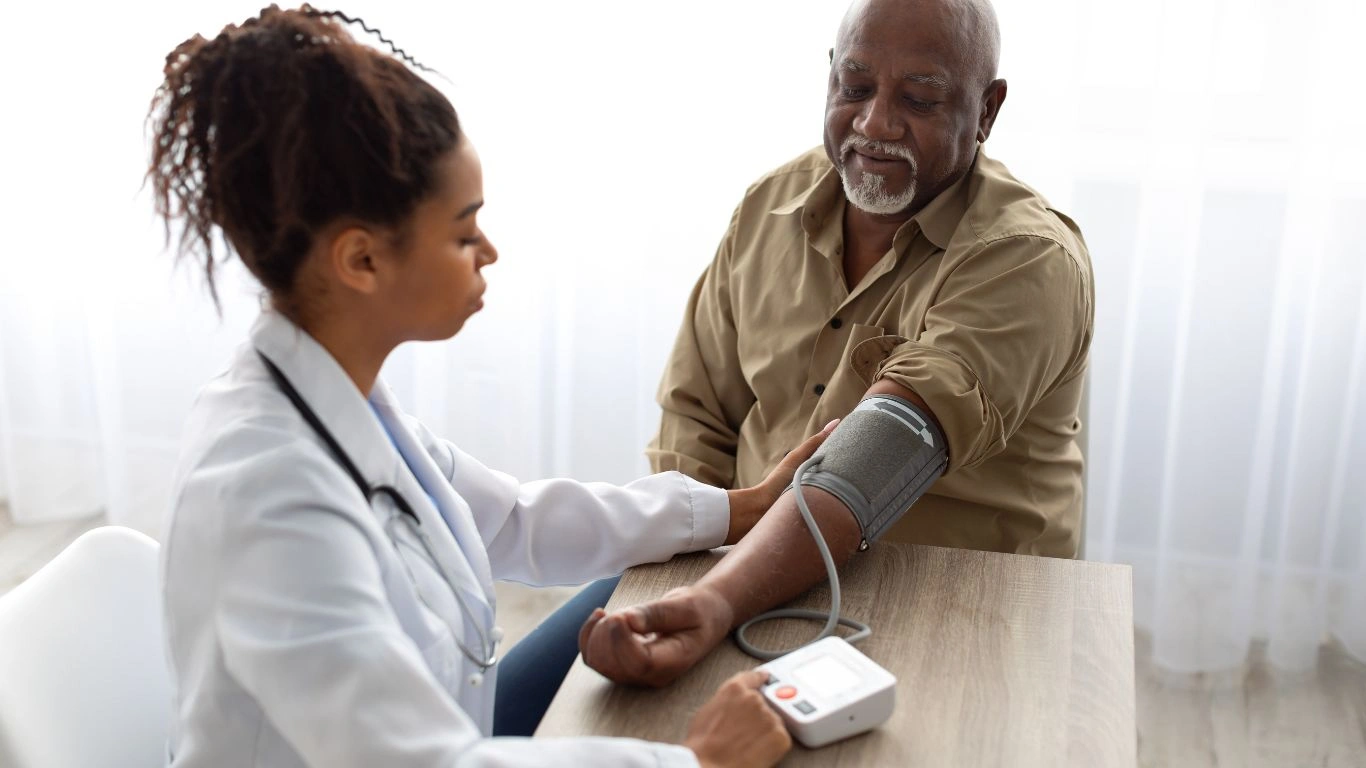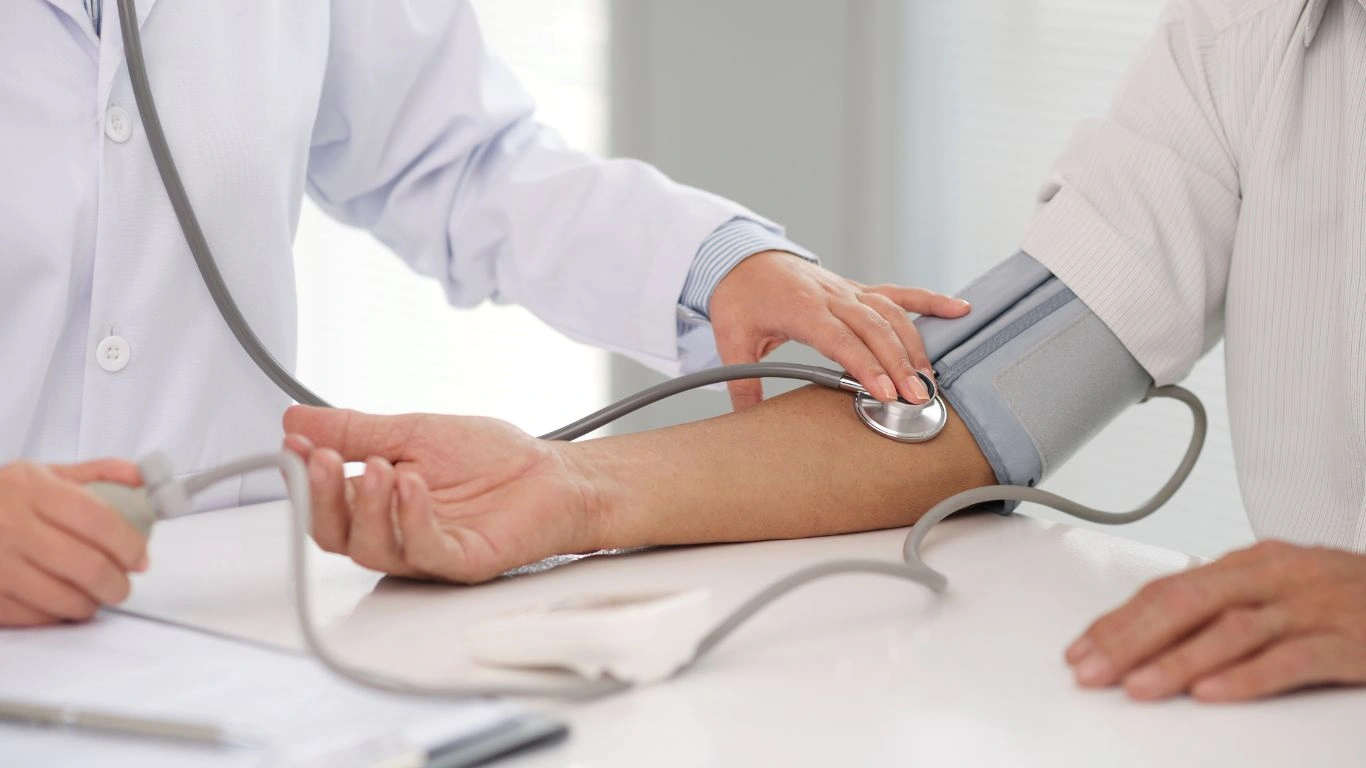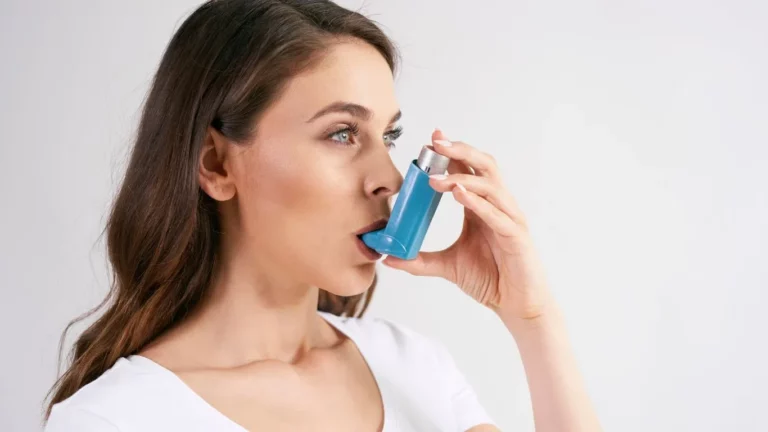Tight Clothes Might Be Quietly Raising Your Blood Pressure
If you’ve ever wondered, can tight clothes raise blood pressure? — you’re not alone. I’ve been asked this quite a few times in my practice, often with a puzzled expression or a nervous chuckle. It might sound like something your grandmother would warn you about while buttoning up your shirt too tight, but there’s actually a bit of truth to it. As an internal medicine physician with a special focus on hypertension management, I’ve seen some surprising lifestyle factors contribute to elevated readings — and yes, what you wear can play a role.
How Clothing Choice Can Impact Blood Pressure

Physical Compression and Circulation
Let’s start with the basics. Tight clothing, especially around the abdomen, chest, and thighs, can physically compress blood vessels. When that happens, it makes it a bit tougher for blood to flow freely. As a result, the heart may have to pump a little harder to get the job done, leading to a slight uptick in blood pressure. This isn’t usually enough to cause hypertension on its own, but in someone who already has elevated blood pressure or borderline readings, it can absolutely push numbers into the high zone — and I’ve seen it in the clinic more than once.
Think of it like this — ever worn a waistband so tight you had to unbutton it at dinner? That same waistband is pressing on internal organs and major arteries. Now imagine doing that for hours every day. It’s not just uncomfortable, it’s physiologically stressful.
Impact on Breathing and Stress Response
This one’s a little sneakier. When you wear something constricting around your chest or midsection, your ability to take deep, full breaths can be restricted. Shallow breathing tends to stimulate the sympathetic nervous system — that’s your fight-or-flight response. And what does that do? Raises your blood pressure. Even a mild, chronic stimulation of this system can keep your pressure elevated over time.
I had a patient once, a young professional who came in with “mysterious” spikes in her blood pressure during afternoon hours. After some digging, we figured out that she wore ultra-fitted shapewear to work under her suits. When she stopped, her blood pressure dropped by 8-10 points on average. That’s not small potatoes!
Who Is Most at Risk from Tight Clothing?

People Already Managing Hypertension
If you’ve already been diagnosed with high blood pressure, you’ve probably heard advice about salt, exercise, and meds. But wardrobe tips? Probably not — yet they matter. When your cardiovascular system is already working overtime, any added stressor — even physical compression — can tip the scale.
Those with Sedentary Lifestyles
People who spend long hours sitting — office workers, drivers, gamers — are especially vulnerable. Combine tight pants or belts with minimal movement, and you’ve got a recipe for impaired circulation. Over time, this may lead to higher blood pressure readings and even varicose veins. In these cases, it’s not just about discomfort; it’s a low-grade, chronic stressor on the body.
Expecting Mothers
Pregnant women are often advised to wear loose, comfortable clothing — and for good reason. The circulatory demands during pregnancy are intense, and compression from tight garments can interfere with both blood flow and comfort. Some maternity shapewear is designed to be supportive without being constricting, but not all options are created equal.
Signs Your Clothes Might Be Affecting Your Blood Pressure

- Feeling lightheaded or dizzy after wearing a tight belt or waistband for a few hours
- Elevated blood pressure readings during the day that normalize in the evening
- Discomfort breathing deeply when wearing tight tops or compression garments
- Frequent bloating, indigestion, or reflux that worsens with certain clothes
None of these symptoms are guaranteed signs, but they’re worth paying attention to. I’ve encouraged many of my patients to do a simple test — wear their usual clothes during one day of home BP monitoring, then switch to looser garments the next day. The difference can be eye-opening.
So, Can Tight Clothes Raise Blood Pressure?
Short answer? Yes — not in everyone, and not dramatically, but enough to be taken seriously. It’s not just about looking stylish or professional — it’s about comfort, circulation, and supporting your heart health in subtle ways that really add up.
Why Small, Consistent Pressures Can Lead to Long-Term Effects

It’s Not Always About Extreme Compression
Here’s something I’ve observed over the years: it’s rarely the obvious “can’t-breathe” tightness that causes concern. More often, it’s the mild but constant pressure from snug clothing that slowly chips away at your comfort and circulatory health. For example, a belt that’s just a bit too tight or a compression undergarment you wear daily “for posture” — those add up.
One of my patients, a teacher in her 40s, wore a waist trainer every day because she thought it helped with back support during long hours of standing. We noticed that her blood pressure had crept up over six months. Once she paused wearing it daily, her systolic numbers dropped by 5 points — nothing dramatic, but enough to avoid starting medication. That was a win in my book.
Constant Pressure = Chronic Stress on the Body
There’s a common misconception that physical pressure has to be painful to be harmful. Not true. Your body is really good at adapting to low-grade stressors without immediate red flags. But that adaptation can come at a cost — slightly elevated heart rate, increased vascular resistance, and yes, mildly raised blood pressure.
This is especially true for people who are already juggling other risk factors:
- Chronic stress or anxiety
- Poor sleep quality
- High-sodium diet
- Genetic predisposition to hypertension
It’s the classic case of “death by a thousand paper cuts.” One tight outfit won’t throw your health off track, but daily, unrecognized compression can make your hypertension harder to manage.
Tips for Choosing Blood Pressure-Friendly Clothing

Look for Natural Flexibility
Materials that stretch naturally — think cotton blends with a bit of elastane — can offer a better fit without the squeeze. This is one of the simplest fixes. If it bends and moves with your body, it’s less likely to interfere with circulation or breathing.
Prioritize Comfort Over Compression
Yes, shapewear can sculpt and smooth, but it shouldn’t feel like a corset from the 1800s. Modern compression garments vary widely in how tightly they hug the body. If it leaves marks on your skin or makes you sigh in relief when you take it off, it’s probably too tight.
Quick tip: Try sitting down for 10 minutes in a chair while wearing the outfit. If you feel the need to readjust, unbutton, or stretch — your clothes may be working against your blood pressure.
Go Looser Around Key Pressure Points
- Waist and Abdomen: Avoid thick, stiff waistbands. Try yoga-style or drawstring options.
- Chest and Ribcage: Sports bras and tops should support, not suffocate. Adjustable bands can make a huge difference.
- Thighs and Legs: Skinny jeans aren’t the enemy, but jeans with no give? That’s where circulation issues can creep in.
Home Blood Pressure Monitoring and What Clothes Have to Do With It

Why Clothing Matters During Measurement
This part’s practical, and I can’t stress it enough — what you’re wearing during blood pressure readings at home can skew results. Sleeves that are too tight can artificially elevate readings if the cuff is placed over them (which, to be clear, you should never do). But even a constrictive undershirt or posture brace can influence numbers.
When I counsel my patients on home monitoring, I always say: “Take your BP in a relaxed state, seated, feet flat, and yes — in loose clothing.” The more consistent your environment and posture, the more reliable your numbers will be.
Test It Yourself
Curious if your clothing is making a difference? Try this simple at-home experiment:
- Measure your blood pressure in your usual fitted attire.
- Then change into loose, relaxed clothing and repeat the measurement after 10–15 minutes.
- Compare both sets of readings.
If you notice a drop of even 5–10 mmHg in systolic or diastolic values, it’s worth adjusting your daily wardrobe, especially if you’re managing borderline hypertension.
From My Own Exam Room to Your Closet
I never expected fashion choices to become part of my hypertension consultations, but here we are. Over the years, I’ve seen how something as subtle as tight pants or a too-snug bra can throw a wrench into otherwise well-managed blood pressure. And let’s be honest — we all have that one outfit that looks great but feels like a gentle form of torture.
Next time you’re checking your blood pressure or prepping for a long day, take a moment to consider your outfit. Your heart — and arteries — might thank you.
What the Research Says About Clothing and Blood Pressure

There’s More Than Just Anecdotes
While I’ve shared several patient stories and clinical insights from my own experience, it’s also important to back this up with what the science says. Studies exploring the impact of clothing on circulation and physiological stress responses have been quietly stacking up over the years.
Research has shown that restrictive garments can lead to increased intra-abdominal pressure, altered breathing patterns, and even a mild rise in sympathetic nervous system activity — all of which can affect blood pressure. While the medical community hasn’t labeled tight clothing as a direct cause of hypertension, it’s certainly a contributing lifestyle factor worth acknowledging, especially in individuals already at risk.
Compression gear and waist trainers have been studied in sports medicine and rehabilitation science, with mixed results. While some benefits are noted for short-term support and muscle recovery, long-term use outside of these controlled contexts hasn’t been fully vetted — especially not for blood pressure safety.
Professional resources like the American Heart Association and PubMed continue to recommend comfortable clothing and proper posture for accurate blood pressure measurement — that’s not a coincidence. It reflects growing awareness that external stressors, including what we wear, matter.
Everyday Habits That Work With — Not Against — Your Heart

How to Dress With Heart Health in Mind
Let’s be real — we’re not tossing out our favorite jeans or yoga pants. The goal here isn’t fashion elimination; it’s balance. You can still look put-together and feel amazing without creating hidden risks for your blood pressure. Here’s what I usually recommend:
- Rotate your wardrobe. Don’t wear the same tight-fitting garments every day. Give your body breathing room.
- Pick breathable fabrics. Cotton, bamboo, and moisture-wicking synthetics are generally better for circulation.
- Watch out for subtle signs. Indentations in your skin, numbness in extremities, or bloating could mean your outfit is a bit too restrictive.
Even small adjustments, like choosing wide-elastic waistbands or opting for stretch-fabric bras with adjustable straps, can make a world of difference over time. And from a clinical standpoint, those adjustments are far easier than modifying medication regimens due to stubborn pressure readings.
My Personal Go-To Advice for Patients
When someone’s struggling with mild hypertension that won’t quite budge despite lifestyle changes, one of my favorite “soft” interventions is asking them to evaluate their clothing. You wouldn’t believe how many lightbulb moments come from that conversation alone.
One patient in her early 50s — a busy executive who swore she followed all my diet and exercise advice — finally realized that her daily shapewear and stiff blazers might be sabotaging her BP goals. Once she switched to a more relaxed style (and even found a few chic stretchy blouses), her numbers eased off just enough to avoid going up on her medication. Small win? Yes. Meaningless? Not at all.
Can Tight Clothes Raise Blood Pressure? The Takeaway
So back to our original question: can tight clothes raise blood pressure? Based on clinical experience, patient outcomes, and the supporting physiology — absolutely. It may not be the leading factor, but it’s one that’s often overlooked. And in the world of hypertension, every point on the blood pressure scale counts.
Understanding these less-obvious contributors empowers patients to take better control of their own health. Plus, it opens the door to holistic lifestyle changes — the kind that don’t require another pill bottle.
Key takeaway: Comfort is not just about style. It’s about supporting your body’s natural flow — quite literally.
Simple Final Checklist
- Feel restricted or lightheaded in an outfit? Skip it.
- Taking home BP readings? Wear loose clothing and relax first.
- Already managing hypertension? Choose comfort-first clothing for daily wear.
These little choices may seem trivial, but I’ve seen them make a difference again and again. Your heart doesn’t care how stylish you look — but it does care how easy it is to pump blood efficiently. And that’s something worth dressing for.
References
- American Heart Association
- PubMed – National Library of Medicine
- Mayo Clinic
- Centers for Disease Control and Prevention
Disclaimer
This article is for informational purposes only and does not replace professional medical advice, diagnosis, or treatment. Always consult with your healthcare provider regarding any concerns you may have about your health or changes in your blood pressure readings.

Dr. Gwenna Aazee is a board-certified Internal Medicine Physician with a special focus on hypertension management, chronic disease prevention, and patient education. With years of experience in both clinical practice and medical writing, she’s passionate about turning evidence-based medicine into accessible, actionable advice. Through her work at Healthusias.com, Dr. Aazee empowers readers to take charge of their health with confidence and clarity. Off the clock, she enjoys deep dives into nutrition research, long walks with her rescue pup, and simplifying medical jargon one article at a time.





